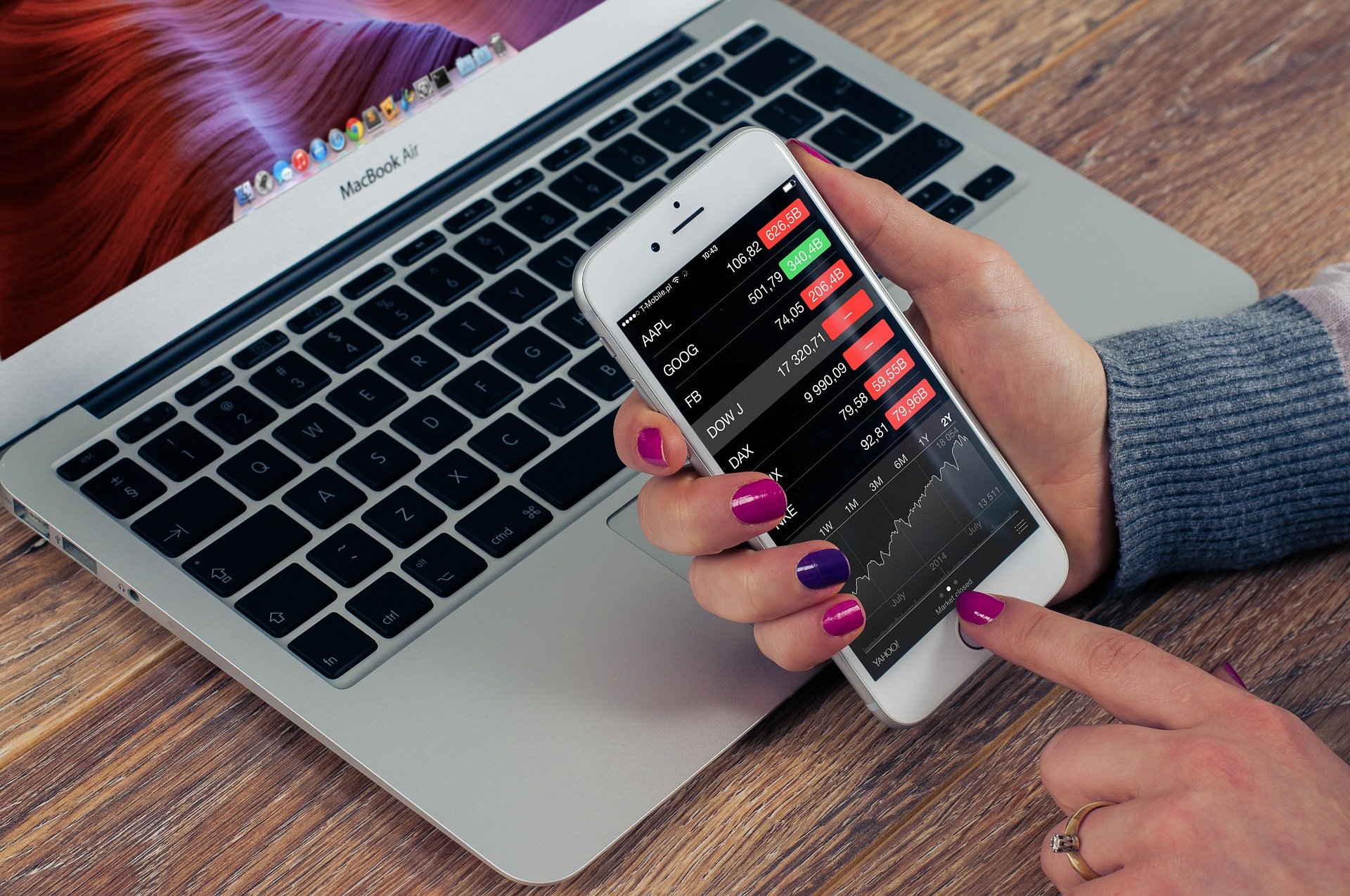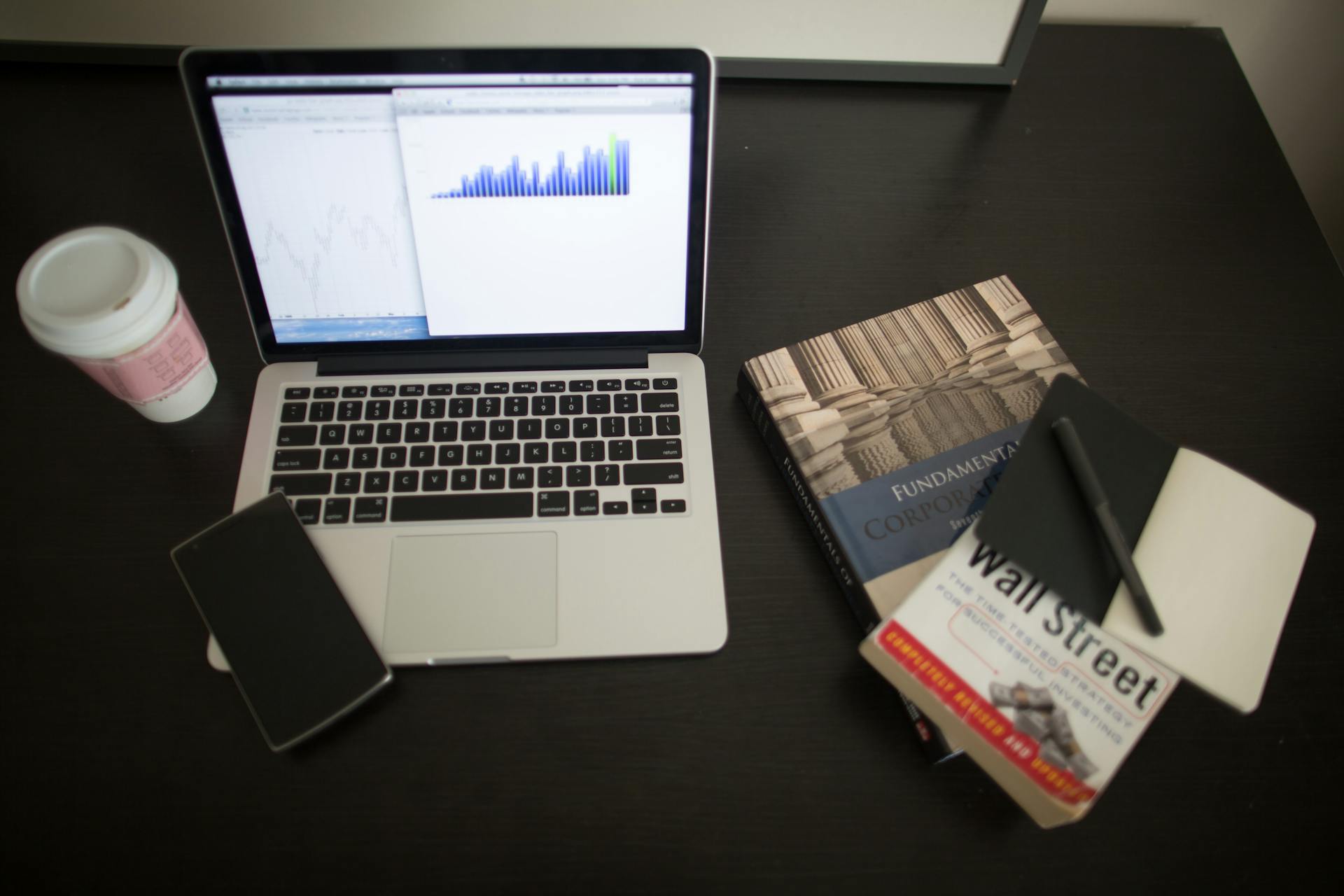
Trading with Fibonacci – Strategy Guide
Fibonacci is an indicator that has retracement levels which have horizontal lines indicating the resistance and support that are likely to occur in a market. The Fibonacci retracement levels are based on numbers and are associated with a percentage. The percentage refers to the extent to which prior moves of prices get retraced.
You could use the Fibonacci retracement level indicator to draw between any two significant price points, for instance, a low and a high. The indicator will then create the levels between the price points you have selected.
What is Fibonacci Sequence?
Fibonacci sequence is an arrangement of numbers in which the numbers following 0 and 1 are a sum of the two previous numbers. This sequence forms the basis of Fibonacci trading. Other necessary sequences to note before using this trading indicator include:
- The division of a number by a previous number approximates to 1.618.
- The division of a number by the following highest number approximates to 0.618.
- The division of a number by another number is two places higher than it will approximate to 0.382.
The 1.618 value is the Golden Ratio, the Phi, or the Golden Mean. The inverse of this value is 0.618.
So, to use the Golden Ratio or other Fibonacci levels to trade, you need to split these numbers into Fibonacci retracement levels and extension levels. These levels then provide you with values that indicate the possible turning points in the market.
How to Use Fibonacci Retracement Levels
The Fibonacci retracement levels enable you to provide price levels of resistance and support. Retracement levels are often based on prior trends in the market after the following:
A massive increase in market price- A considerable rise in the market price could assist you in measuring the move from the bottom to the top to find out where the price might retrace before continuing in its rising trend.
A massive fall in the market price in which you will measure the move from the top to the bottom to find out where the price could retrace before continuing in the downward trend.
When the market in an uptrend, you could use a buy pattern. You could try finding how far price retraces the X to A move. These support levels could be at 23.6, 38.2, 61.8, or 78.6 %. You could use the sell pattern when the market prices are going down.
How to Trade with Fibonacci Extension Levels
The Fibonacci extension levels could also help you to get price levels of support and resistance. However, they are mainly used to calculate the movement of a price after a retracement. These levels could also assist you in providing the price levels of resistance and support used to determine the difference in price after the retracement is complete.
Ideally, Fibonacci retracement levels enter a trend while the Fibonacci extension levels indicate the end.
If there is an uptrend in the market price, you could consider entering the bounce and then measuring the last retracement to determine how far the trend could go before reaching the 161.8% level. If the movement is downward, you could attempt to enter the correction point and then measure the last retracement to establish how far the trend could go before reaching the 161.8% level.
If you are a reversal trader, you could also use the 161.8 % level to enter into counter-trend trades. This strategy is, however, more suitable for traders that have advanced in trading.
Fibonacci Trading Strategy
The price of a market could find or turn resistance or support at different Fibonacci levels. Hence you could go a step further and use this tool with another technical analytics to enable you to determine whether or not the market price will turn accurately.
One of the tools you could use to determine whether the price of a market will turn or not is the price action analysis tool. You could study the bar formations on the chart and choose a trading pattern from the variety provided.
While the Fibonacci retracement levels give you the area to sell or buy, the price action trading patterns help you determine when to buy or sell.



